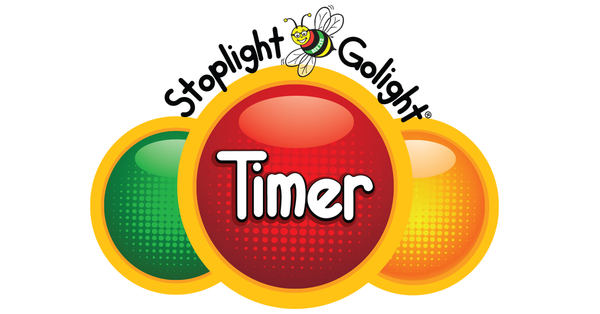Learning how to swim is an important life skill that everyone should try to have at some point. The earlier a person learns how to swim, the better. Swimming is much like riding a bike, once you learn how it’s not likely you’ll forget.
The questions still remain, how and when to introduce your baby to the water? Below is some of the best information on getting your baby used to the water and teaching him or her how to swim, float, and play in a pool or at the beach.
When to Introduce Your Baby to the Water
The earliest a baby can learn to “swim” is about six months old. Before this point, it’s generally not a good idea to put a baby in a pool because of the significant risk of drowning. Of course, you can’t just put a baby in a pool and call it a day.
It is important that a parent or guardian is nearby whenever a baby is near a pool or at the beach. It’s recommended that parents are never more than arms-reach away from their baby at all times in the water.
Again, this is mostly because of the high risk of drowning. As a bonus, being near a parent can help the baby to feel more comfortable in the water. The more comfortable the baby feels, the more likely they are to take to the water without a fuss.
How to Introduce Your Baby to the Water
While there are no “rules” for teaching a baby to swim, there are a few tips parents can follow to make the process a lot easier. Like introducing a baby to water, the parents should always be close by.
Before taking any classes, parents may want to try putting their child in a small inflatable pool to get them used to the water. Playdates, and other atmospheres where the baby will need to be around other children, is also a good thing to do, as many swimming lessons will be filled with loud children.
If a baby cannot tolerate this, then the swim lesson will not be likely to lead to any results.
It’s better to teach a baby how to swim in a pool, rather than at the beach. This is because there are no waves. It’s also generally easier to monitor a small pool than a large beach.
Before asking yourself, “how much does an inground pool cost?” Consider taking your baby to a public pool or an indoor gym pool to get your baby used to the water.
What to Expect After Introducing Your Baby to the Water
It should be noted that babies that are only around six months old are not likely to learn how to swim as adults can. Instead, baby swim lessons focus on teaching the baby how to float, hold their breath underwater, and kick their way back to the surface if they find themselves underwater.
These types of lessons are most often called self-rescue classes.
Babies are not usually old enough to learn proper swimming techniques until they are about two to four years old. This is, in part, because children need to develop strong muscles before they can learn how to swim.
Another main reason for this is because children, when taking swim lessons, need to know how to follow directions and use examples to learn. For many reasons, babies cannot physically do these things.
So, while it is a great idea to get a baby used to the water and into self-rescue classes, it’s best to wait until a child is about pre-school age before enrolling them in traditional swimming classes.
Now you know the basics of how and when to introduce a baby to water. Any new parent can teach their baby how to do this, but it is most important that parents who own inground pools do this, as those households pose the highest drowning risk.
Teaching your child to swim can be a rewarding experience, nonetheless. Good luck!

